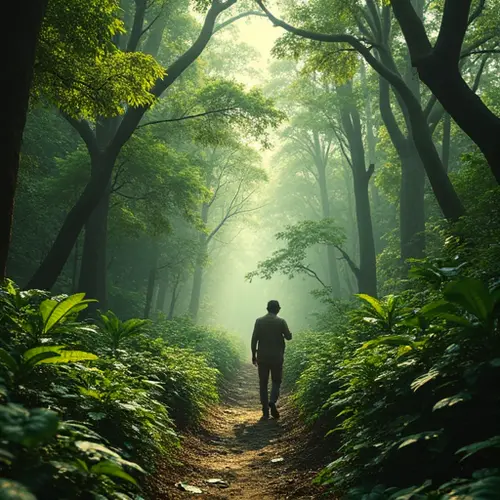
Urban Forests: How Cities Are Rewilding Public Spaces
Urban forests are transforming cities into greener, more resilient, and biodiverse spaces. From San Francisco to Durban, cities are planting native species, restoring wetlands, and combating urban heat islands. These efforts are not just about beautification—they are strategic moves to enhance climate resilience, public health, and economic vitality.
The Rise of Urban Forests
Urban forests, collections of trees and woody vegetation within cities, play a critical role in moderating climate, improving air quality, and providing recreational spaces. Cities like Johannesburg and Rio de Janeiro are leading examples, with vast urban forests that counteract the heat island effect and support biodiversity.
Benefits of Urban Rewilding
Rewilding urban spaces offers numerous benefits:
- Climate Mitigation: Trees absorb CO2 and reduce urban temperatures.
- Biodiversity: Native species attract pollinators and wildlife.
- Public Health: Green spaces improve mental and physical wellbeing.
- Economic Gains: Urban forests boost property values and reduce energy costs.
Global Initiatives
San Francisco has pledged to plant 30,000 street trees, while Durban uses nature-based flood defenses. Companies like Salesforce and Mastercard are investing in urban greening, aligning corporate sustainability goals with local impact.
The Future of Urban Forests
As cities grow, integrating nature into urban planning is essential. Public-private partnerships and community engagement are key to scaling these efforts. The goal is clear: create cities where nature and people thrive together.

 Nederlands
Nederlands
 English
English
 French
French
 Deutsch
Deutsch
 Espaniol
Espaniol
 Portugese
Portugese



